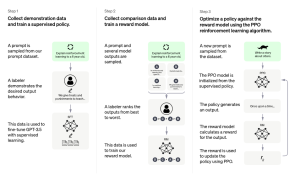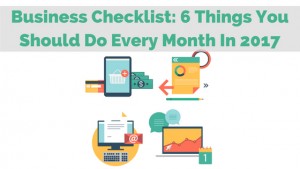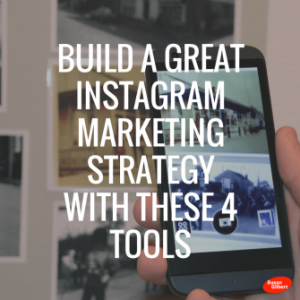Back when I worked as a Business Development Representative for InsightSquared, I spoke with a lot of recruiters who didn’t buy into the data-driven approach to recruiting.
I would pitch them by talking about how easy it is to dig into performance data with InsightSquared, use that information to improve their recruiting approach, and in short order increase the amount of revenue they book. They’d respond with: “These graphs may be great for my boss, but as a recruiter on the frontlines, I still don’t see how this helps me make more placements.”
These recruiters preferred to distance themselves from the concept of data-driven recruiting. They associate metrics with grindhouses that put little effort into fostering their recruiters and making high quality placements.
That perception couldn’t be further from reality — data gives recruiters an objective method to improve their performance and work smarter instead of harder. Take these three metrics as an example of that fact:
Activity Ratios (how many of x does it take to get y):
Activity ratios are a very effective way to see at a glance how efficient you are being with your activity. This metric is the best way to understand what volume of work will move the needle on job orders.
By comparing your ratios against top-performing recruiters on the team, you can pinpoint your strengths and weaknesses and set very targeted goals to drive improvement. This ensures you follow the steps that will have the most impact on your firm’s bottom line.
Ratios are a prime example of using data to look at your own past performance, benchmark it against other top performers, and identify opportunities for you to improve your process and make more placements.
Job Order Pipeline (a list of job orders you are working):
Knowing how ripe the open job orders are in your pipeline helps you to set realistic expectations. Without visibility into the quality of your pipeline, you might fall into the trap of assuming that your recruiting activity is progressing smoothly, when in reality all of your open job orders are another month away from being completed.
Job order pipelines help you organize your daily work by enabling you to catch that type of problem early on. They give you the information you need to take action and make sure that there’s always enough late stage pipeline for you to hit your number.
This data-driven recruiting provides the ability to dig into stages and prioritize your work based on how close job orders are to completion. If you take a “gut-feeling” approach, you don’t work as efficiently, and your earnings suffer as a result.
Win Factors (The percentage of job orders you fill segmented by size, industry, etc.):
Win factors enable you to determine whether you are pursuing the job opportunities that you have the highest likelihood of closing. By segmenting all the job orders you filled in the past by a third variable (such as value of placement or industry), you can find your sweet spot.
Your sweet spot helps you organize your time to focus on job orders that they have the highest probability of winning, and avoid investing too much of their time securing job orders that aren’t likely to result in placements. Again, this is very actionable information that’s not available to recruiters who don’t use data.
These are just three examples of ways that recruiters can leverage data to fine tune their recruiting process and work smarter instead of harder. There are always ways to dig deeper, learn more from your past performance, and apply it to becoming a better recruiter.
To answer the question posed in the title of the post, recruiters should care about data because it helps them spend less time working and puts more money in their pockets.
(128)









